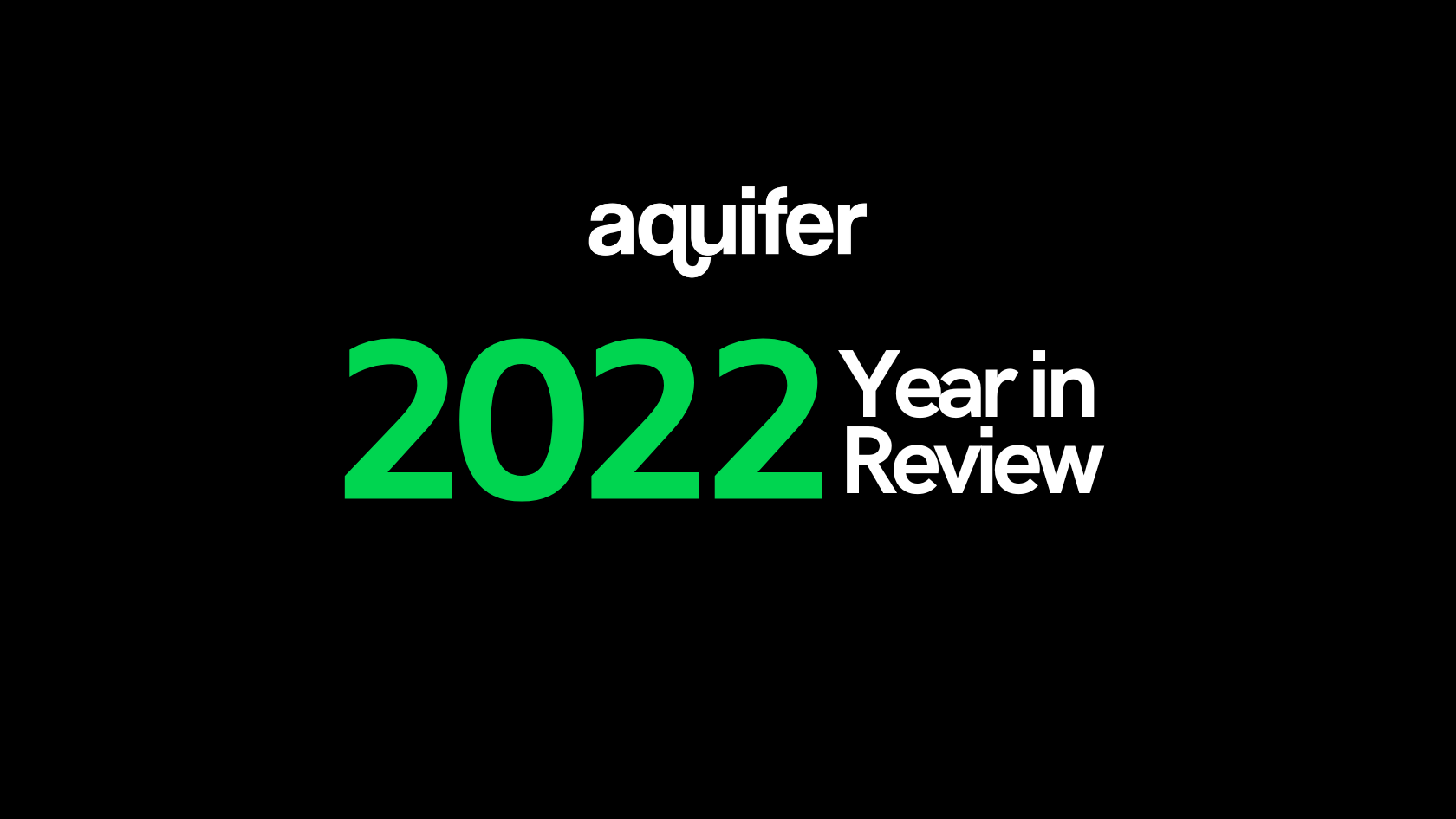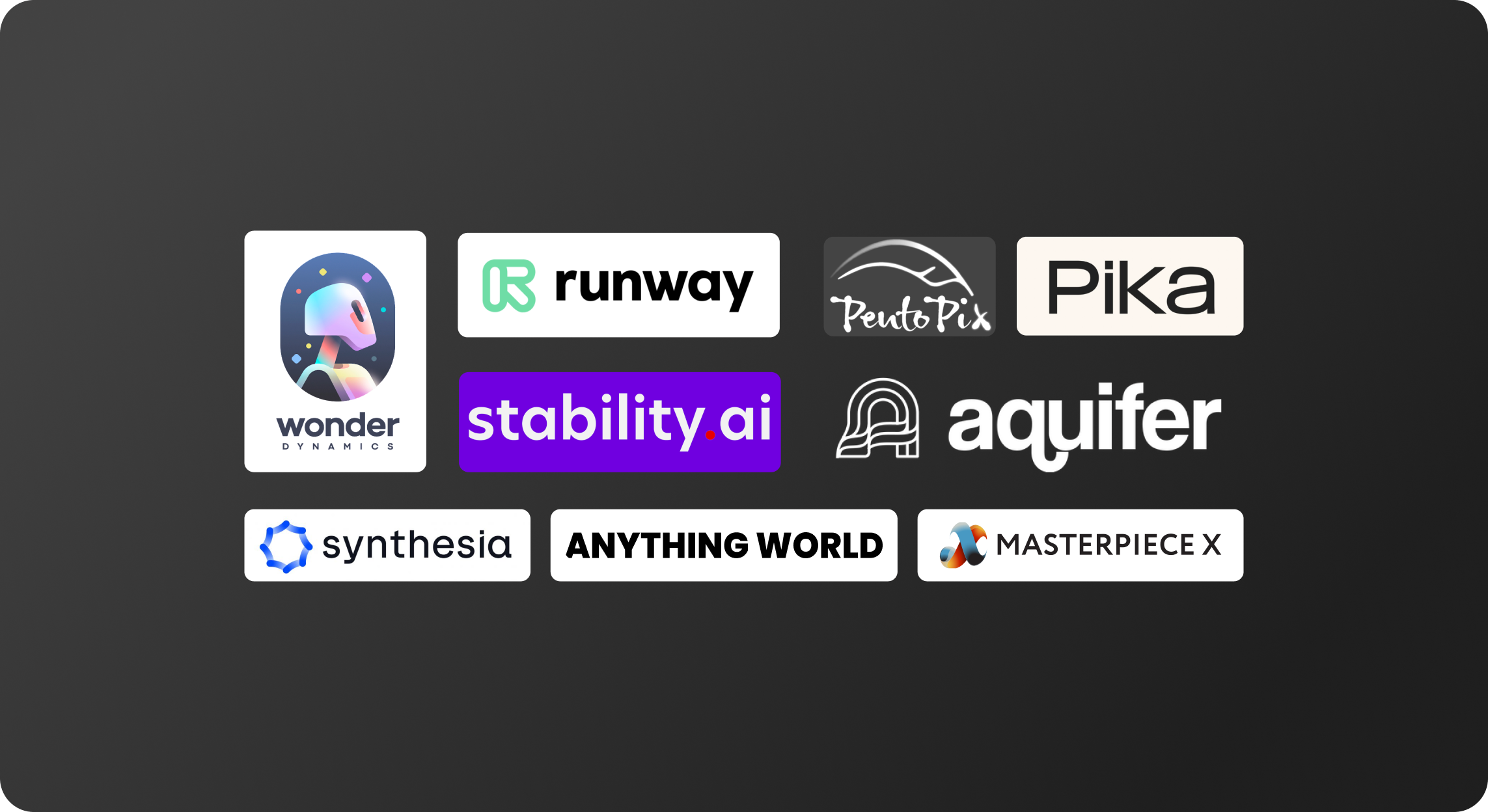The Spigot - Vol. 1 - Introducing the AI video newsletter. This week, pandas!
Welcome to the first edition of The Spigot, a newsletter talking about AI video and AI in cinema. If you want to keep up with this rapidly changing world, check it out!

AI is changing animation. Amidst incredible innovation, there is also plenty of hype and fear. As co-founders of an animation tech company, we constantly test new AI technology/products, in addition to building our own. Our goal? To find the ground truth.
So we figured, why not share all of this knowledge with our friends? That’s what The Spigot is: a twice-monthly-ish digest of our reviews & findings of the latest in AI through the lens of animated storytelling. You can read here, but also feel free to subscribe in newsletter form, so you're never left behind on this ever-changing category of tech.
Introducing The Spigot
Welcome to the informative AI digest from your friends at Aquifer. Tap in to stay up-to-date on all things AI video, 3d, animation and cinematic tech.
In this issue:
- Pika: Can it animate your character IP? We try with a cartoon panda.
- 3D models & generative AI: They go together like peas and carrots.
- Promising, but weird: A novel AI model for generating 3D human(ish) avatars
THE HOSE

Pika…nice to meet-ya
Pika is one of our favorite diffusion AI generators. You provide text and image prompts to create short video clips. Here at the Spigot, we are focused on cinematic character videos (or as they used to say, Talkies), so let’s examine Pika through that lens.
Character consistency
Let’s try animating an existing character; one of the common challenges with diffusion AI generators is character consistency (generating more than one video and keeping the character the same).
Some products have attempted to solve this, so stay tuned next week for more on that. Back to Pika.
In the following example, I uploaded this panda and prompted Pika to make it dance in a forest.

This was the result:

As you can see, it does “dance”. And it is consistent in its look. But there is no forest, and the movement is not really “character animation”. When an image is uploaded, Pika can currently manipulate that image more than animate it. I am seeking around for prompts to work around this, but so far no success. So animating an image is very different than animating from text in Pika.
Then I decided to forego the image and try a text prompt it to make a cute 2d panda dancing in a forest from a text prompt.

This is a lot closer, but it’s not possible to get the character to look like the character in my image.
So, Pika’s strength is more in making videos from text prompts, or slightly animated videos from existing image prompts. For the following, I decided to take advantage of its strengths. I text prompted it to make a cinematic panda in a forest doing a dance. I had very little control over the character’s look, but the overall scene and lighting are cool (if you ignore the deformation, which can be fixed somewhat by re-running the prompt and tweaking it).

“I made a 4k movie trailer with AI Art (sorta)”
If you are a fan of AI art (and you’re on any social network), you’ve seen plenty of “I made this movie trailer with AI” videos. Most that are made with Pika use text prompts for non-character shots to get the most creative landscapes, vistas, props, etc., and image prompts for character shots.
The reason is that the image prompts provide for some consistency of character between shots. But, the characters don’t animate in specific ways, because image prompts mostly warp and manipulate the input image in minor ways. Most of these consist of poses and dolly shots. Often, these trailer demos use something like Midjourney to generate a few still shots of the characters in the right poses and locales, then use these as pika prompts. And voilà, you have something sorta like a trailer. It’s a creative mix of tech.
DRIPS & DROPS

AI restylers? Yes, please
While everyone is talking about text-to-video, you can be in 2025 with AI restylers.
Over here, we believe strongly in the hybrid model of 3D and AI playing together to make great results. Check out this great demo of simple 3D models being restyled to look like surfaces. You get the granular control of 3D, but the endless restyling of a diffusion model.

Generate “realistic” 3D human avatars from text or images
Alibaba Group & Peking University published a paper on their enhanced generative model, En3D, to create 3D humans. Unlike previous models, which relied on pre-existing 3D or 2D data sets, this model generates 3D avatars ready for rigging and animation with just image or a text prompts.

It’s unclear how market-ready the model is, but from the examples shown, here is our takeaway:
Pros - Endless options, extremely flexible
You can generate avatars of different ages, ethnicities, appearances without 3d scans or library of existing assets.
Cons - Very yikes close up
Right now the faces are more like masks - they don’t move and lack topology. There are a lot of bad deformations, resulting in flattened chests on or odd finger bends that would make for poor quality results.
In its current state, this would only work for (deep) background characters in film & NPCs in gaming, but it’s very promising technology.
Next week, we'll explore more about character consistency, and we will look at Lip Syncing in AI!
Ready to start creating?
Talk with our team.



Blog
Check out the latest Aquifer announcements





%201.svg)



.png)


